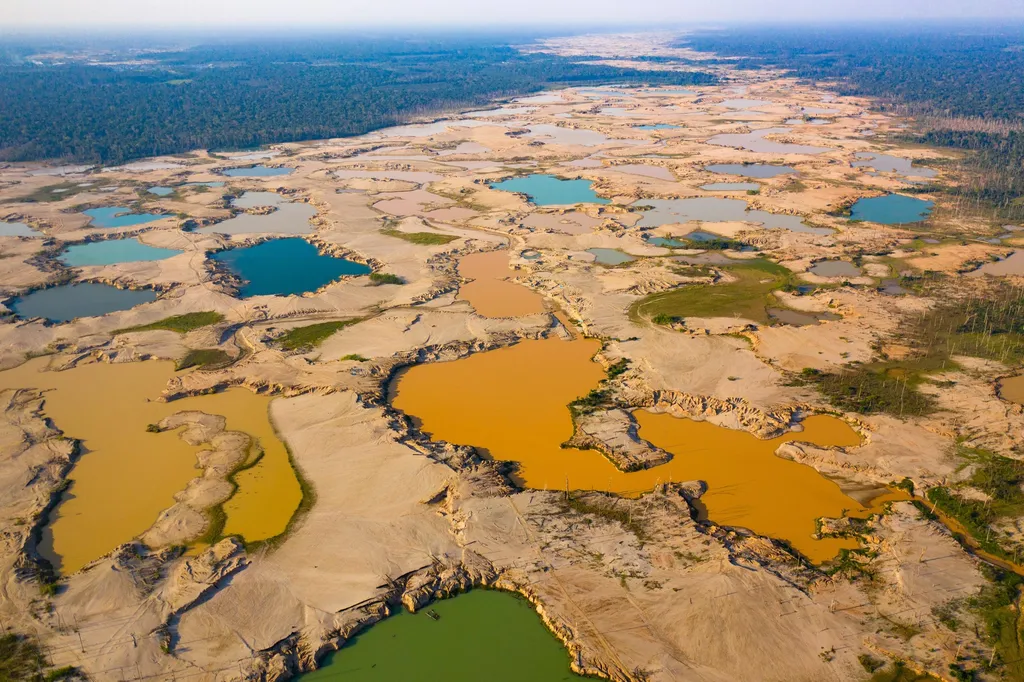In the heart of the Republic of Srpska, the Prijedor area has long been synonymous with coal extraction, a vital cog in the energy sector’s machinery. However, a recent study published in ‘Tehnika’ (translated from Bosnian as ‘Technique’) suggests that the region’s post-mining landscape could be repurposed in a way that not only diversifies its economic portfolio but also aligns with global trends in sustainable tourism and innovative land use.
The research, led by Milica D. Stepanović from the University of Belgrade’s Faculty of Mining and Geology, delves into the potential utilization of mineral waters found in the vicinity of the “Bukova Kosa-Prijedor” open-pit mine. The study reveals that water samples from the area exhibit high concentrations of sulfate ions and increased mineralization, characteristics that could unlock new commercial avenues.
“These waters could be harnessed for bottling, balneological applications, and even spa tourism,” Stepanović explains. This shift could transform the region’s economic landscape, moving beyond traditional post-mining land uses like agriculture, forestry, or artificial lakes.
The study highlights a growing global trend: geotourism. This involves visiting geologically and geographically significant sites, including former mines. By reclaiming the land and developing spa tourism, the Prijedor area could tap into this burgeoning market, creating a unique selling proposition that combines natural resources with sustainable practices.
For the energy sector, this research underscores the importance of forward-thinking land management strategies. As the world transitions towards cleaner energy sources, the repurposing of post-mining lands could become a crucial aspect of the energy sector’s evolution. It’s not just about extracting resources; it’s about maximizing the value of the land throughout its lifecycle.
Stepanović’s work also raises intriguing questions about the future of mining regions. Could other areas with similar mineral water profiles follow suit? How might this trend influence the energy sector’s approach to land reclamation and repurposing? As the world grapples with climate change and the need for sustainable practices, these questions become increasingly pertinent.
In the meantime, the Prijedor area stands as a potential blueprint for the future, a testament to the power of innovative thinking and the untapped potential of reclaimed lands. As Stepanović’s research gains traction, it could very well shape the trajectory of the energy sector and sustainable tourism for years to come.

